The activity was organized by the Hue Museum of Fine Arts in collaboration with Associate Professor, Dr. Trang Thanh Hien - Lecturer at Vietnam University of Fine Arts and a group of colleagues to celebrate the 49th anniversary of the Liberation Day of Thua Thien Hue (March 26, 1975 - March 26, 2024); and at the same time respond to Hue Festival 2024.
The Nine Dynastic Urns are nine bronze urns cast by King Minh Mang in 1835, considered a symbol of the power of the Nguyen Dynasty, demonstrating the ancient Vietnamese people's deep understanding of the country and all things around them. After being cast in January of the year Dinh Dau (1837), these nine urns have been placed at The Mieu Temple since then.
The special and unique feature of the Nine Dynastic Urns is the symbolic images carved on the body of the urns. Each urns is completely embossed with 17 images including types such as: celestial phenomena, mascots, territorial waters, mountains and rivers, animals, insects, herbs, architecture, palanquins, boats, weapons... and two Chinese characters bearing the name of the urns. All of these bronze carvings seem to have generalized into an "encyclopedia" about a rich and prosperous Vietnam at that time. With its cultural and historical values and the pinnacle of crafting techniques, in 2012, the Nine Dynastic Urns were recognized by the Prime Minister as a National Treasure.
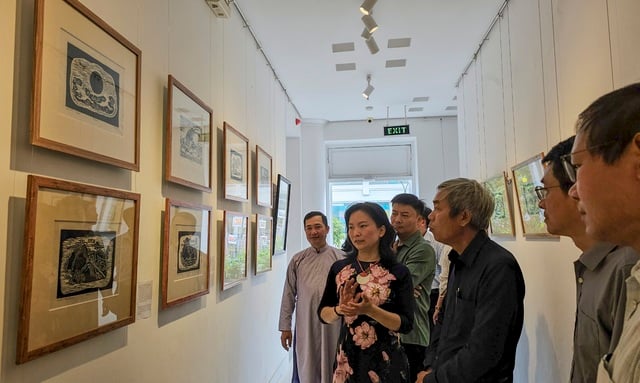
Delegates visit the exhibition.
Since 2022, a group of painters and students from the Vietnam University of Fine Arts in Hanoi have researched and established a project to create a set of woodcut paintings about Vietnam on the Nine Dynastic Urns with the desire to honor and promote the values of the artistic heritage of our ancestors.
These woodcuts are not only a mechanical adaptation of the bronze works on the Nine Dynastic Urns, but also aim to explore new forms of expression in the perspective of "aesthetic dialogue" between the old and the new, between the past and the present. This form is based on the language of folk woodcut art combined with the language of modern woodcut art to create a different vibe in each woodcut.
At this exhibition, the group of authors introduced to the public nearly 60 woodcut paintings inspired by the model of 162 bronze casts on each cauldron. These works are considered to be a continuation of the source from the Nine Dynastic Urns, showing a different perspective on heritage. Instead of considering the Nine Dynastic Urns as a cultural heritage associated with a bygone era, through the art of woodcut paintings, the project implementers hope to "market" the Nine Dynastic Urns in new forms, in order to promote a special heritage of Vietnamese cultural history.
According to Associate Professor Dr. Trang Thanh Hien, with the launch of this exhibition and the project's development orientations in the coming time, the group of authors hopes to contribute a small part to accompany the process of bringing the Nguyen Dynasty's Nine Urns to the goal of becoming a World Documentary Heritage in the future - a work that is being promoted by the Hue Monuments Conservation Center.
The exhibition will be open to the public until March 25.
Source




![[Photo] "King Cobra" Su-30MK2 completed its glorious mission on April 30](https://vphoto.vietnam.vn/thumb/1200x675/vietnam/resource/IMAGE/2025/4/30/5724b5c99b7a40db81aa7c418523defe)

![[Photo] The parade took to the streets, walking among the arms of tens of thousands of people.](https://vphoto.vietnam.vn/thumb/1200x675/vietnam/resource/IMAGE/2025/4/30/180ec64521094c87bdb5a983ff1a30a4)
![[Photo] Cultural, sports and media bloc at the 50th Anniversary of Southern Liberation and National Reunification Day](https://vphoto.vietnam.vn/thumb/1200x675/vietnam/resource/IMAGE/2025/4/30/8a22f876e8d24890be2ae3d88c9b201c)
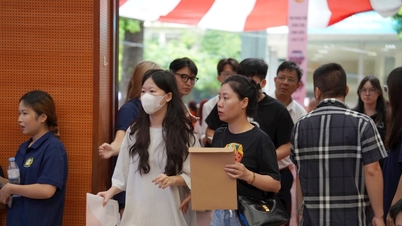

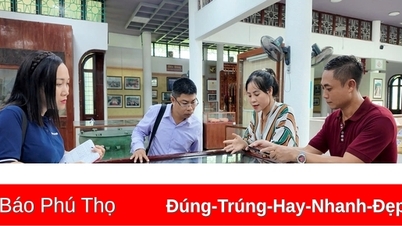

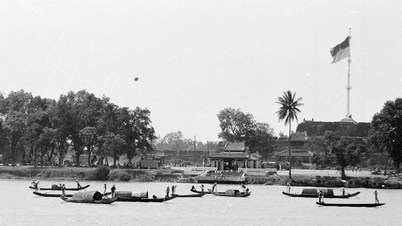

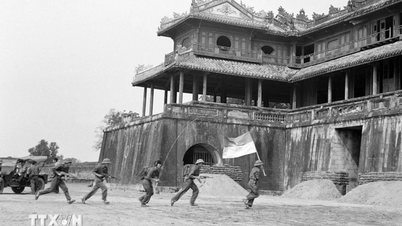

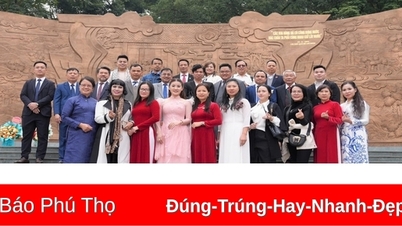



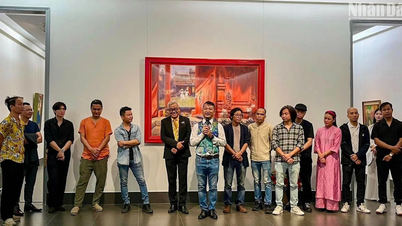



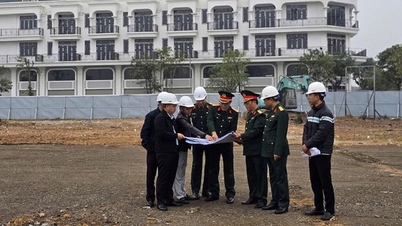




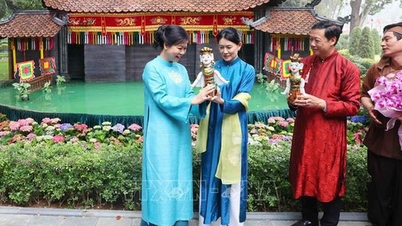
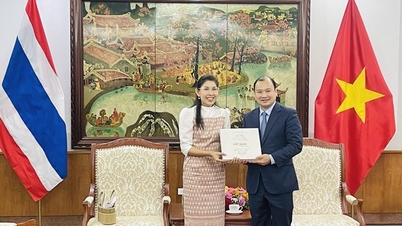
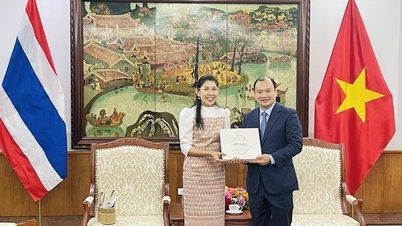
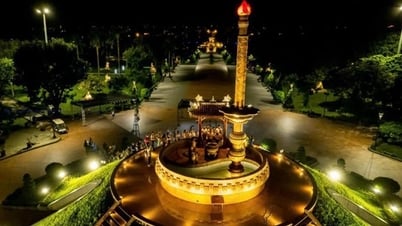













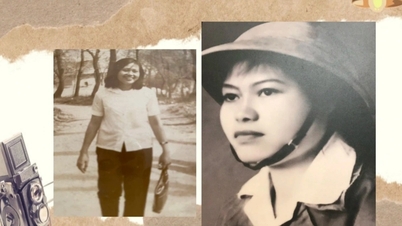


































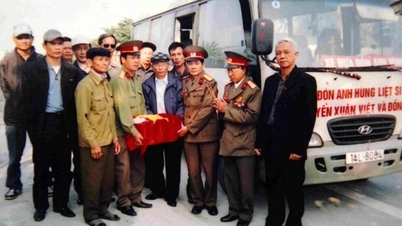

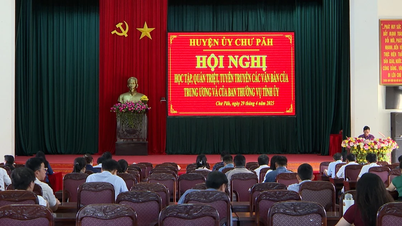

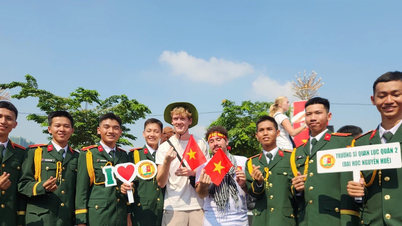
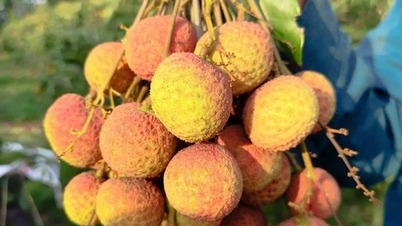













Comment (0)